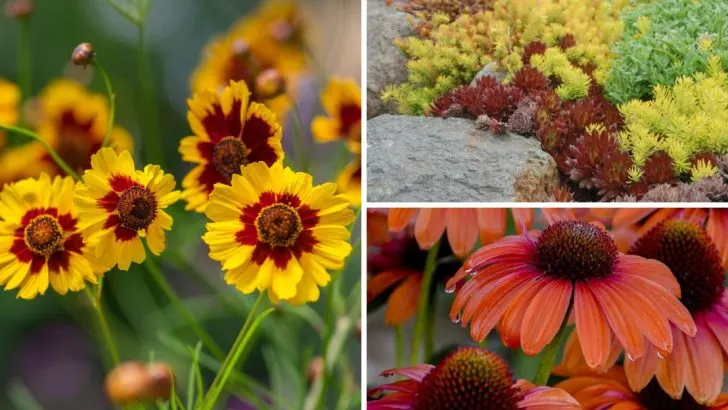Gardening enthusiasts often face the challenge of dealing with poor soil conditions. However, not all hope is lost as certain plants have adapted to thrive even in less-than-ideal soil.
By choosing the right plants, you can create a lush and vibrant garden without the need for constant soil amendments. In this post, we explore 23 resilient plants that flourish in poor soil, offering beauty and greenery without demanding perfect conditions.
Each plant comes with its own unique characteristics, making it a valuable addition to any garden struggling with nutrient-poor soil.
Lavender
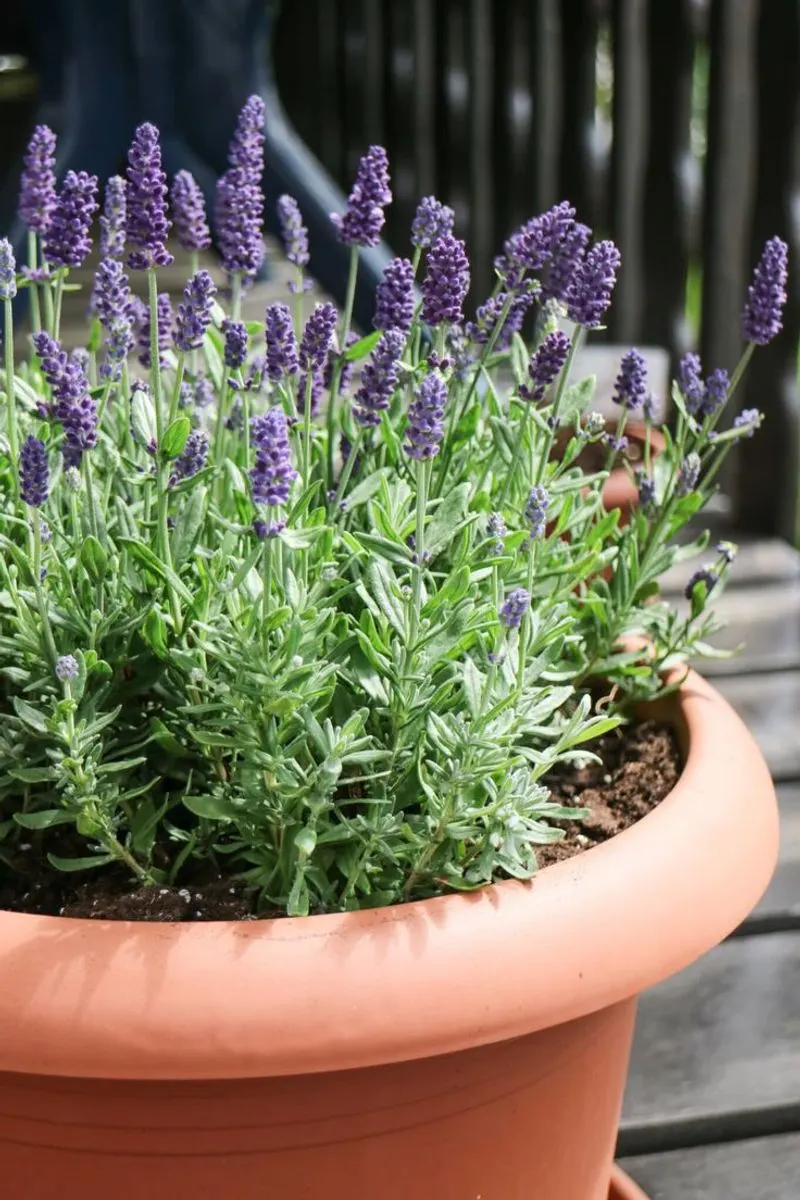
Lavender is a hardy plant that thrives in poor, sandy soil with good drainage. Its fragrant purple flowers are not only a visual treat but also attract pollinators.
Lavender requires minimal water and care, making it an ideal choice for low-maintenance gardens. You can plant it in full sun to get the best blooms.
Lavender is also drought-resistant, so it’s perfect for regions with limited rainfall. Its aromatic leaves can be dried and used for homemade potpourri, adding a touch of natural fragrance to your home.
A versatile plant for any gardener.
Coneflower
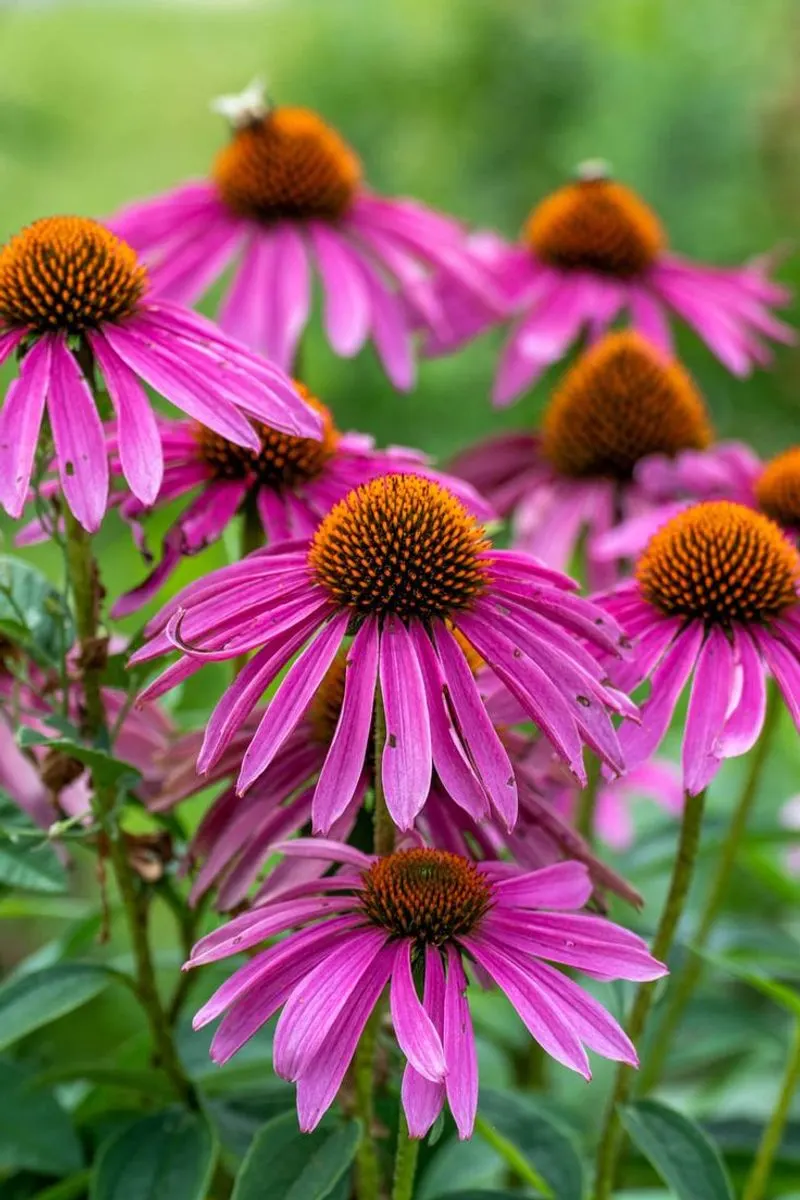
Coneflowers are known for their striking daisy-like flowers that come in shades of purple, pink, and white. They are incredibly resilient and can thrive in poor soil conditions.
Coneflowers attract butterflies and bees, promoting biodiversity in your garden. They prefer full sun and are drought-tolerant once established.
You can use them as cut flowers to brighten indoor spaces. Coneflowers also have medicinal properties, often used in teas and remedies to boost the immune system.
Their long blooming season ensures your garden stays colorful for months. A gardener’s delight.
Yarrow
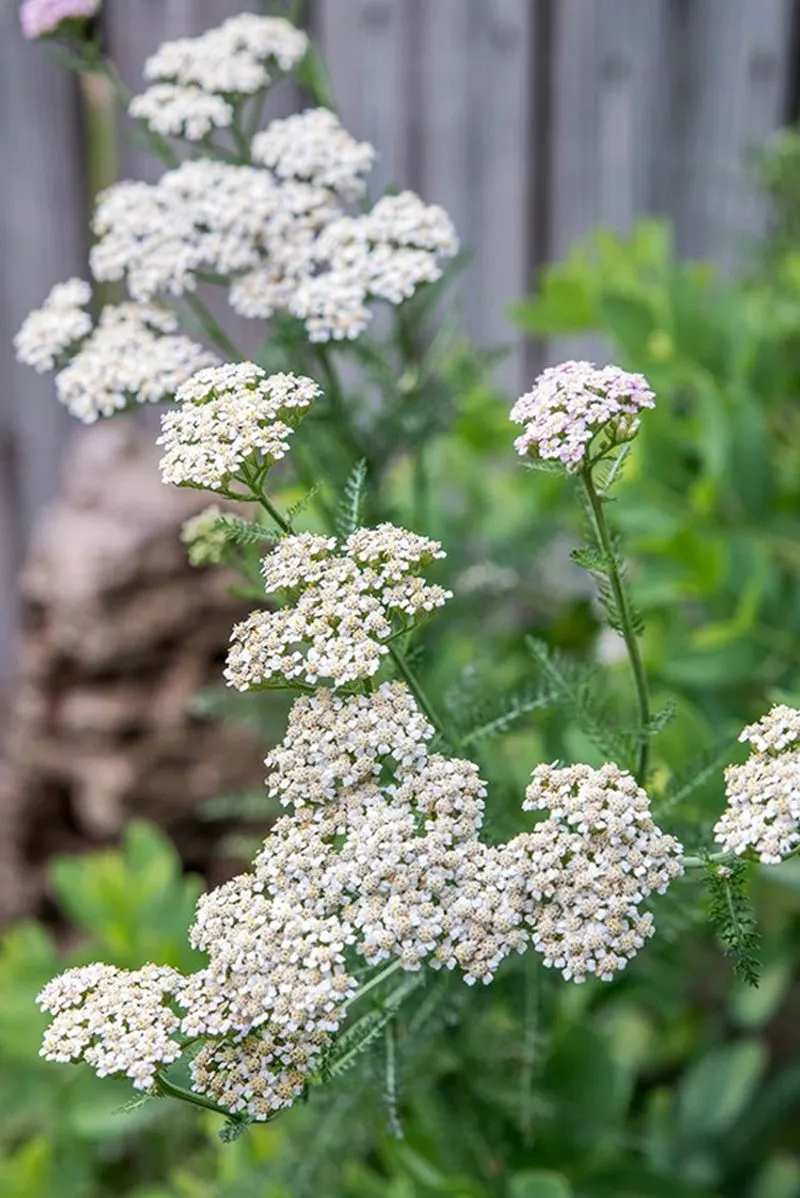
Yarrow is a versatile plant known for its feathery, fern-like leaves and clusters of small flowers. It thrives in poor, dry soil and is particularly tolerant of rocky conditions.
Yarrow’s flowers come in a variety of colors, including yellow, white, and pink. This plant is drought-resistant and can tolerate full sun, making it a great choice for xeriscaping.
Yarrow attracts beneficial insects like ladybugs and lacewings that help control pests. Its leaves have been used in herbal medicine for their anti-inflammatory properties.
A robust and beautiful addition to any garden.
Sedum
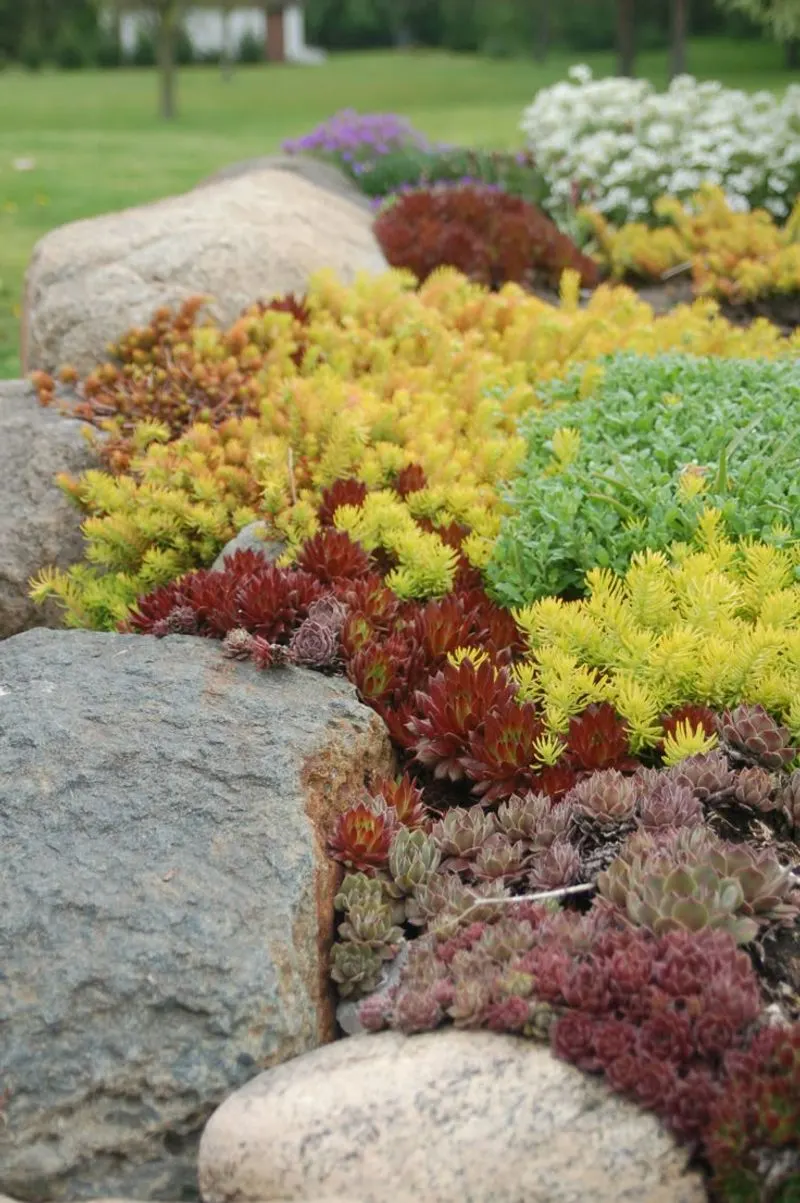
Sedum, also known as stonecrop, is a succulent that thrives in poor soil with excellent drainage. Its fleshy leaves store water, allowing it to survive in dry conditions.
Sedum comes in various shapes and colors, from low-growing ground covers to tall, upright varieties. They are perfect for rock gardens and can withstand drought and neglect.
Sedum’s flowers attract pollinators, adding ecological value to your garden. These plants are easy to propagate, making them a favorite among gardeners.
With minimal care, sedum can add texture and interest to any landscape.
Thyme
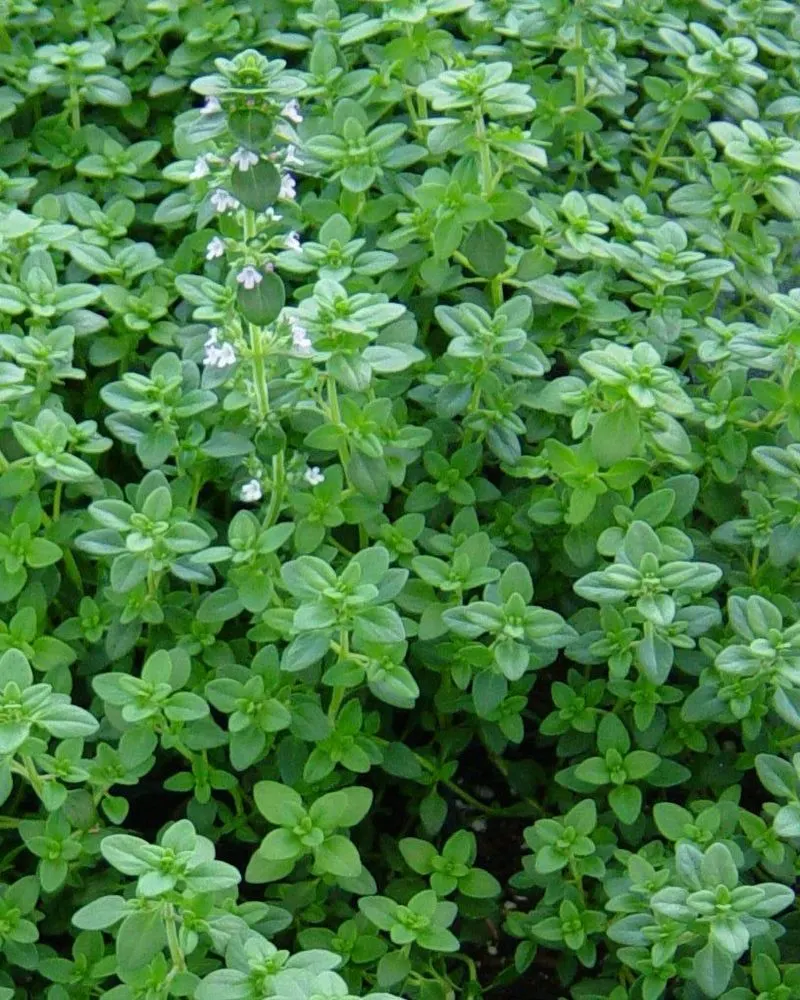
Thyme is a low-growing herb that thrives in poor, rocky soil. Its small, aromatic leaves and delicate flowers make it a charming addition to any garden.
Thyme is drought-resistant and requires little maintenance, preferring full sun to partial shade. It’s a versatile culinary herb that can be used fresh or dried.
Thyme’s essential oils have antiseptic properties, making it useful in homemade remedies. Plant thyme between stepping stones for a fragrant walkway.
Its resilience and adaptability make thyme a must-have for gardeners facing challenging soil conditions. A fragrant and useful herb.
Black-eyed Susan
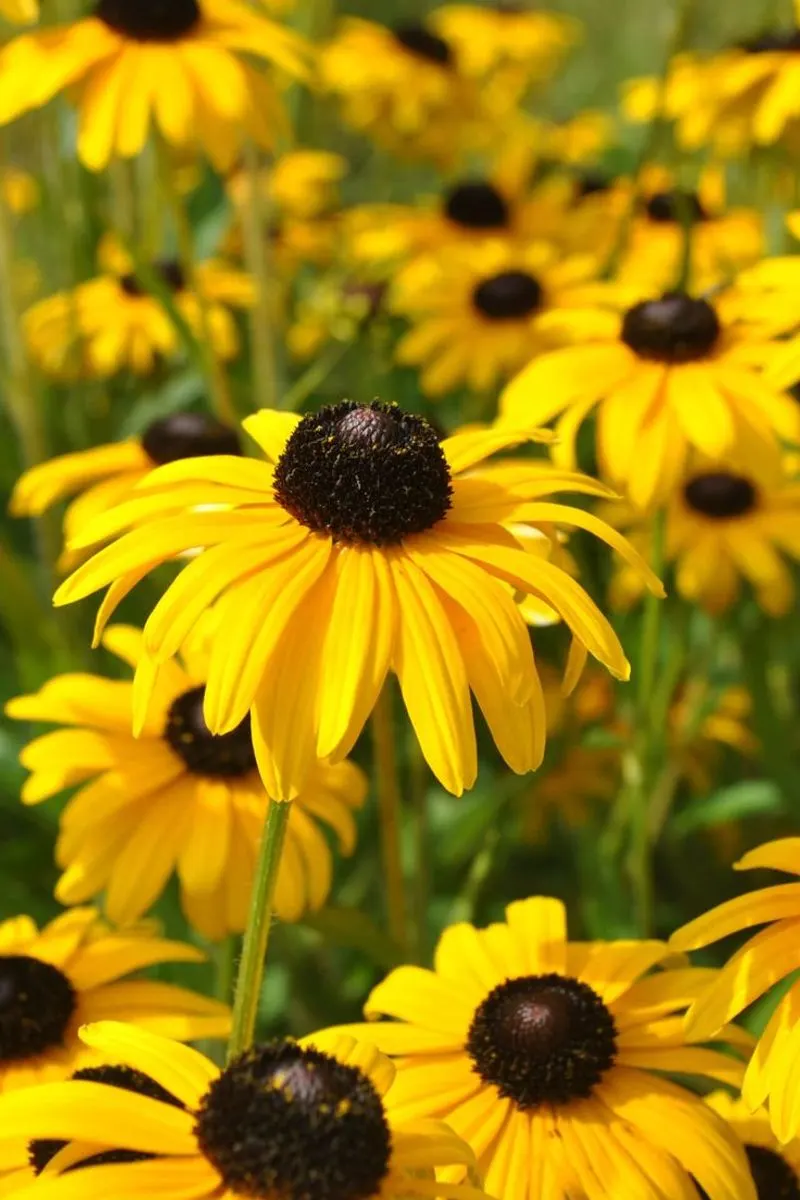
Black-eyed Susans are cheerful, sun-loving perennials that do well in poor soil conditions. Their bright yellow petals and dark centers create a striking visual contrast.
These plants are drought-tolerant once established and require minimal maintenance. They attract butterflies and other pollinators, making them great for supporting garden biodiversity.
Black-eyed Susans are ideal for naturalizing in meadows or along borders. They have a long blooming season, ensuring your garden stays colorful throughout summer.
Their resilience and bright appearance make them a favorite among gardeners looking to brighten up their landscapes.
Daylily
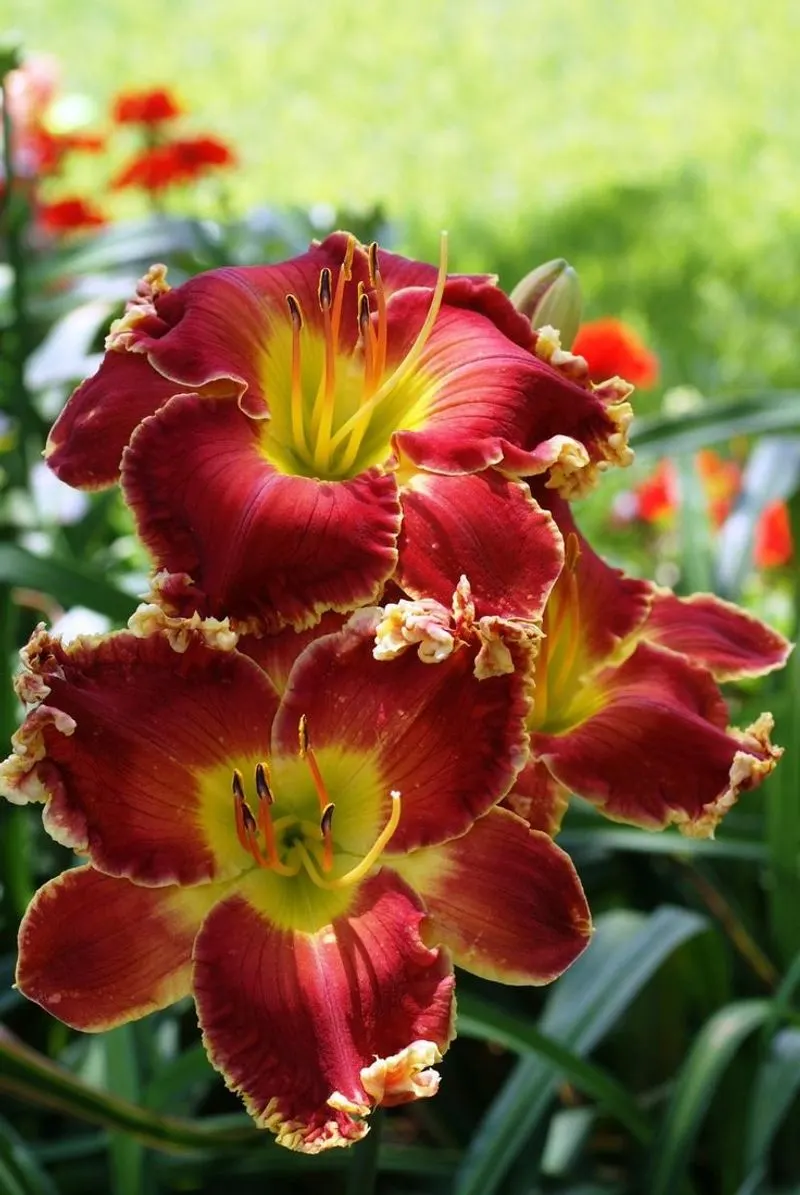
Daylilies are robust perennials known for their vibrant and showy blooms. They thrive in poor soil and can adapt to a wide range of conditions.
Daylilies are low-maintenance, requiring little more than occasional watering once established. Their flowers come in an array of colors, providing a splash of vibrancy to any garden.
Plant them in full sun for the best results. Daylilies are also resistant to pests and diseases, making them easy to grow.
Their ability to tolerate poor soil and challenging environments makes them a popular choice for gardeners.
Russian Sage
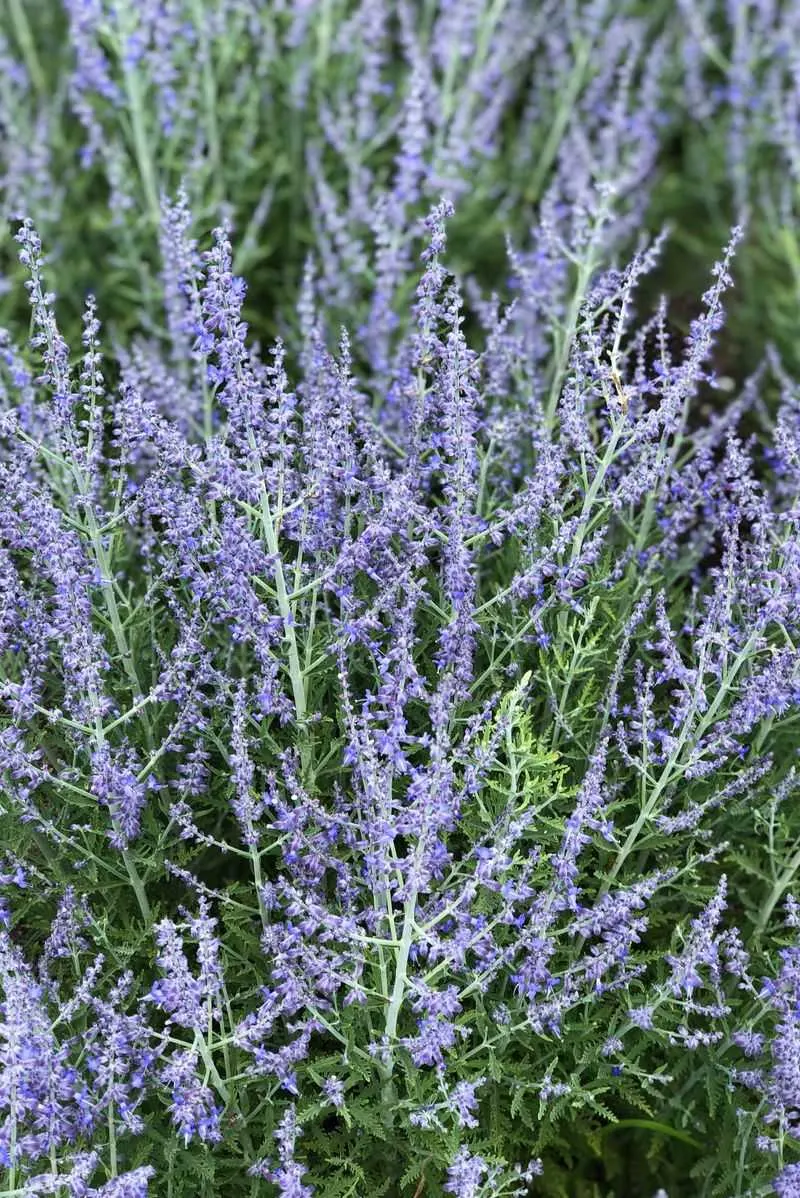
Russian sage is a tough and durable plant that loves poor soil conditions. Its silvery foliage and spiky purple flowers add texture and color to gardens.
Russian sage is drought-tolerant and thrives in full sun, making it perfect for xeriscaping. It attracts pollinators like bees and butterflies, enhancing garden biodiversity.
With minimal maintenance, Russian sage can grow to impressive heights, creating a striking vertical element in landscapes. It’s resistant to pests and diseases, making it a reliable choice for gardeners.
A visually appealing plant that performs well in challenging conditions.
Coreopsis
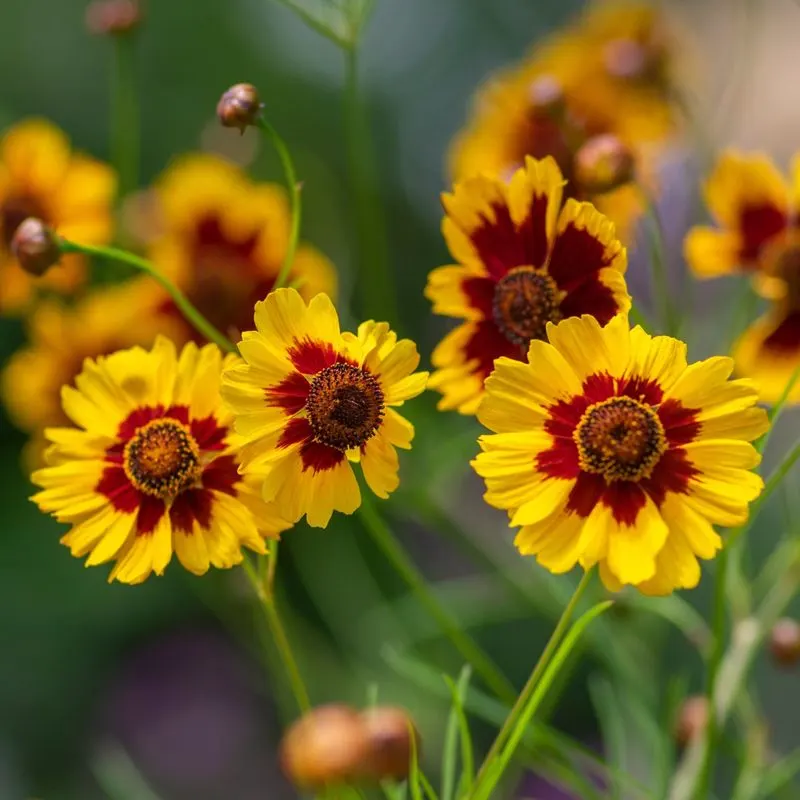
Coreopsis, also known as tickseed, is a cheerful perennial that flourishes in poor soil. Its bright yellow flowers bloom profusely, creating a sunny display in gardens.
Coreopsis prefers full sun and is drought-tolerant, making it ideal for low-water landscapes. These plants are excellent for attracting pollinators, supporting bees and butterflies.
Coreopsis can be used in borders, containers, or as a ground cover. Their long blooming season ensures a colorful garden from late spring to early fall.
With minimal care, coreopsis brings joy and vibrancy to any garden with poor soil conditions.
Gaillardia
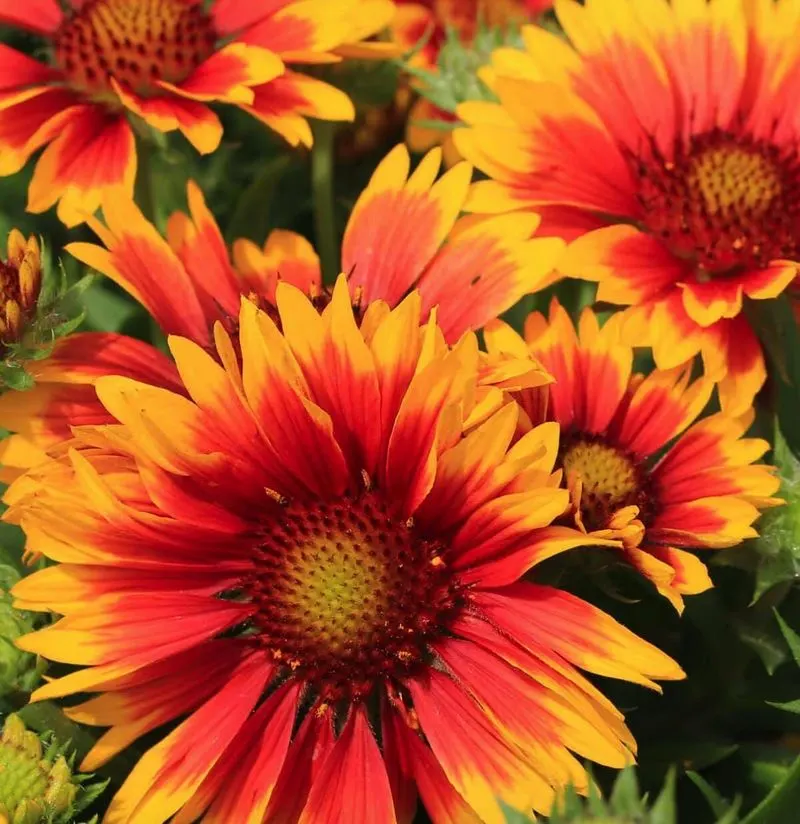
Gaillardia, or blanket flower, is a bright and cheerful perennial that thrives in poor soil. Its daisy-like blooms come in warm shades of red, orange, and yellow.
Gaillardia is drought-tolerant and prefers full sun, making it suitable for xeriscaping. This plant attracts pollinators, supporting local ecosystems.
Gaillardia’s long blooming season and low maintenance requirements make it a favorite among gardeners. It’s perfect for borders, wildflower gardens, or as a colorful ground cover.
With its vibrant colors and adaptability, Gaillardia adds a splash of warmth to any garden, even with poor soil.
Sea Holly
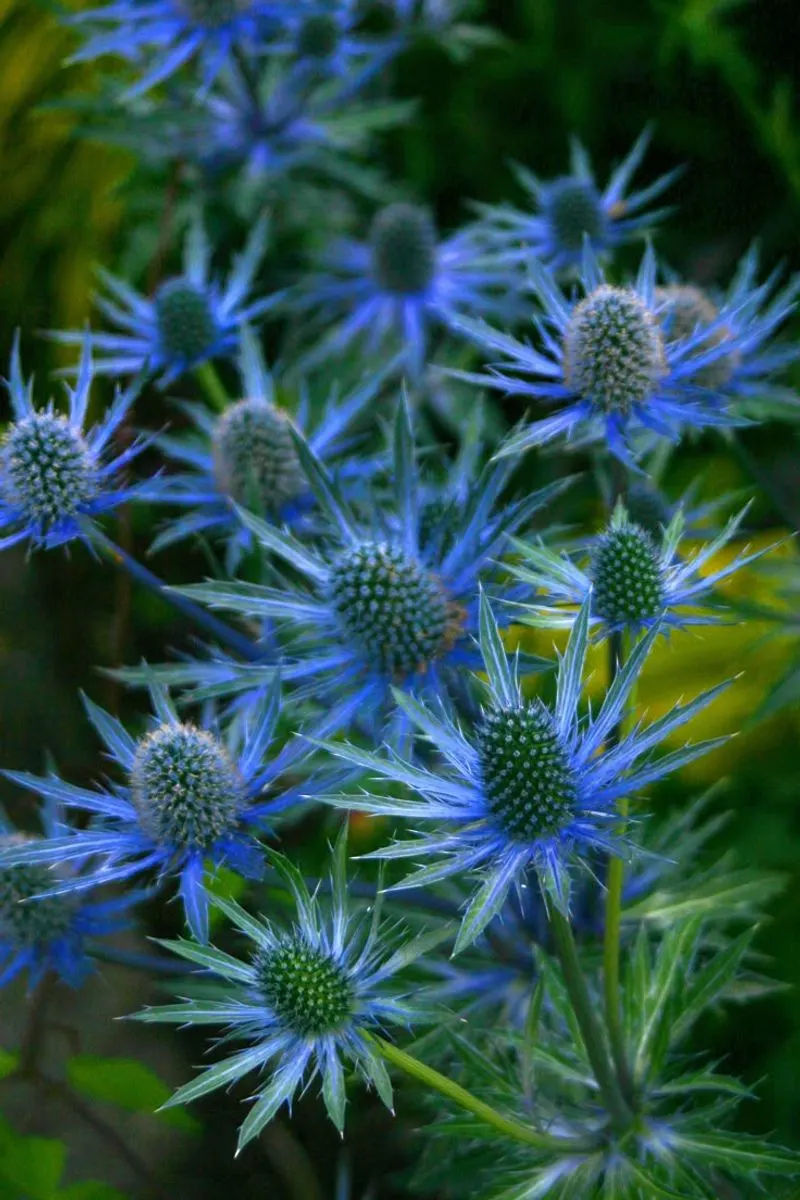
Sea holly, or Eryngium, is a unique plant with spiky blue flowers and silvery foliage. It thrives in poor, sandy soil and is highly tolerant of coastal conditions.
Sea holly is drought-resistant and loves full sun, making it a perfect choice for seaside gardens. Its striking appearance adds architectural interest to flower beds.
Sea holly attracts pollinators, supporting garden biodiversity. It’s also deer-resistant, making it suitable for areas with wildlife.
Despite its tough appearance, sea holly requires minimal care and brings a touch of the exotic to any garden setting.
Lamb’s Ear
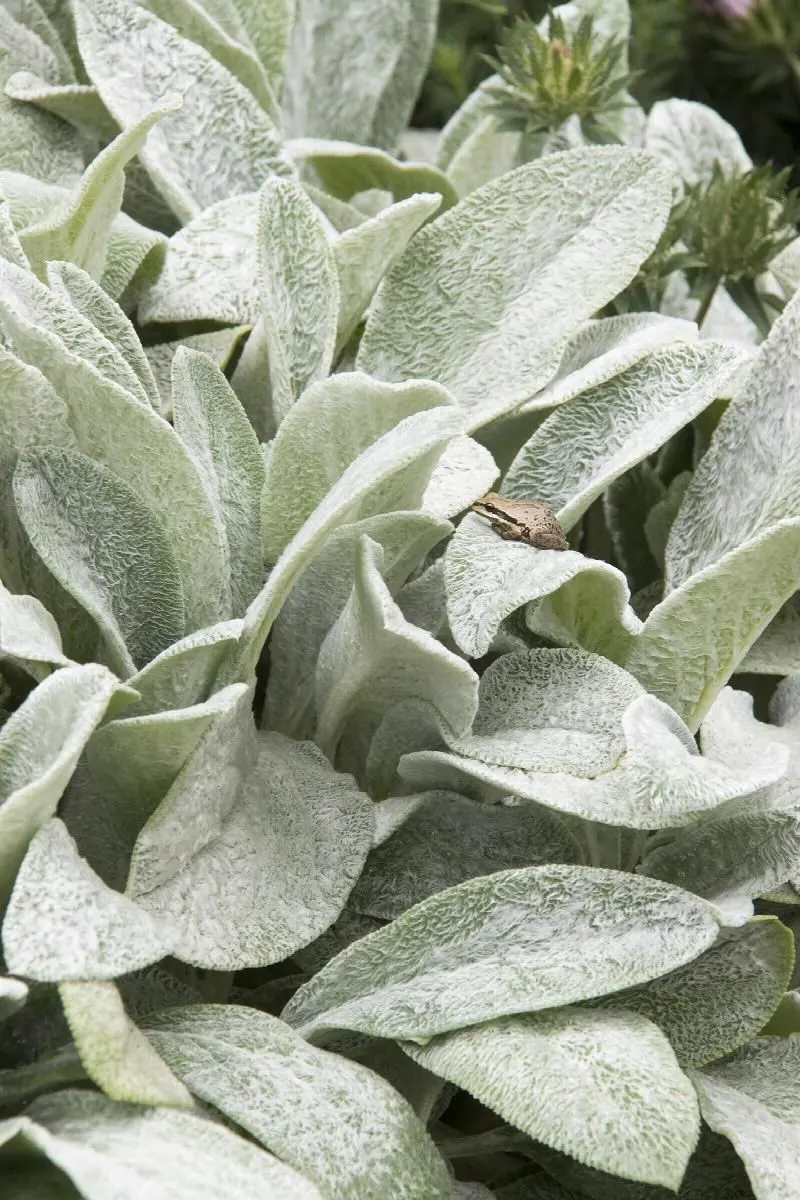
Lamb’s ear is a delightful plant known for its soft, fuzzy leaves that resemble a lamb’s ear. It thrives in poor, well-drained soil and is highly drought-tolerant.
Lamb’s ear prefers full sun to partial shade and requires minimal maintenance. Its silvery leaves add texture and contrast to gardens, making it a popular choice for borders and ground covers.
Lamb’s ear is deer-resistant and can tolerate dry conditions, making it ideal for xeriscaping. Its unique foliage adds a tactile element to gardens, inviting visitors to touch and feel.
A charming and resilient plant.
Catmint
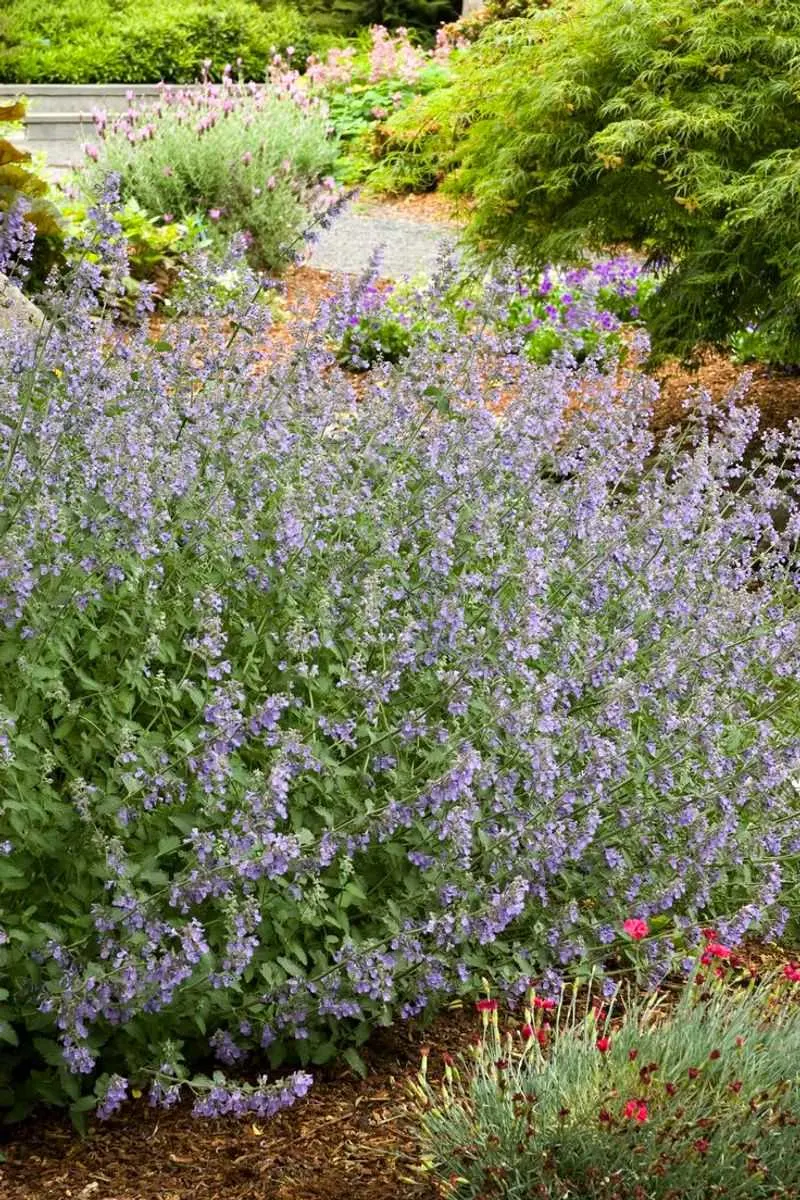
Catmint, or Nepeta, is a hardy perennial known for its aromatic leaves and spikes of purple flowers. It thrives in poor, dry soil and is drought-resistant.
Catmint attracts bees and butterflies, enhancing garden diversity. Plant it in full sun to partial shade for the best results.
It’s a low-maintenance plant that requires little care once established. Catmint’s long blooming season provides continuous color in gardens.
Its fragrant foliage is also deer-resistant, making it suitable for areas with wildlife. A versatile and resilient plant, catmint adds beauty and aroma to any garden.
Penstemon
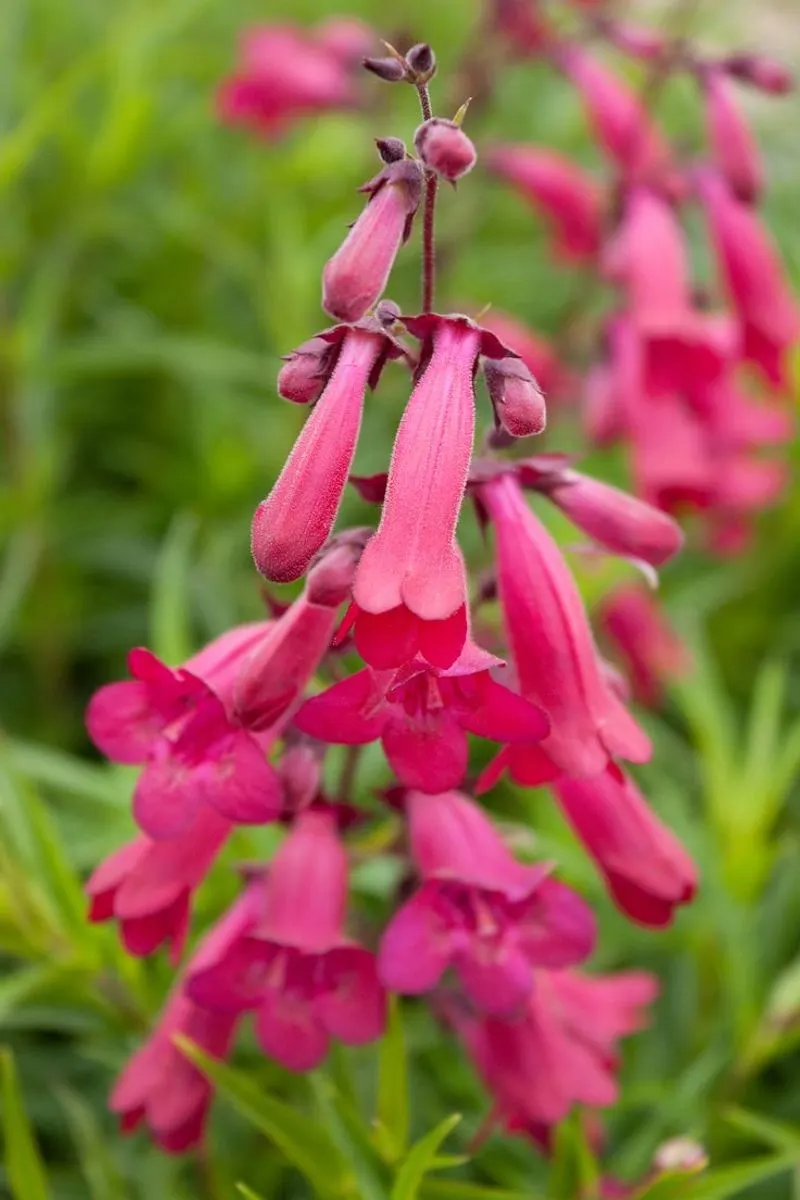
Penstemon, also known as beardtongue, is a resilient perennial with tubular flowers in shades of pink, purple, and red. It thrives in poor, rocky soil and is drought-tolerant once established.
Penstemon attracts hummingbirds and butterflies, supporting garden biodiversity. Plant it in full sun for the best flowering results.
It’s a low-maintenance plant that requires minimal care. Penstemon’s unique flower shape adds interest to flower beds and borders.
Its ability to thrive in challenging conditions makes it a valuable addition to any garden. A colorful and hardy plant.
Salvia
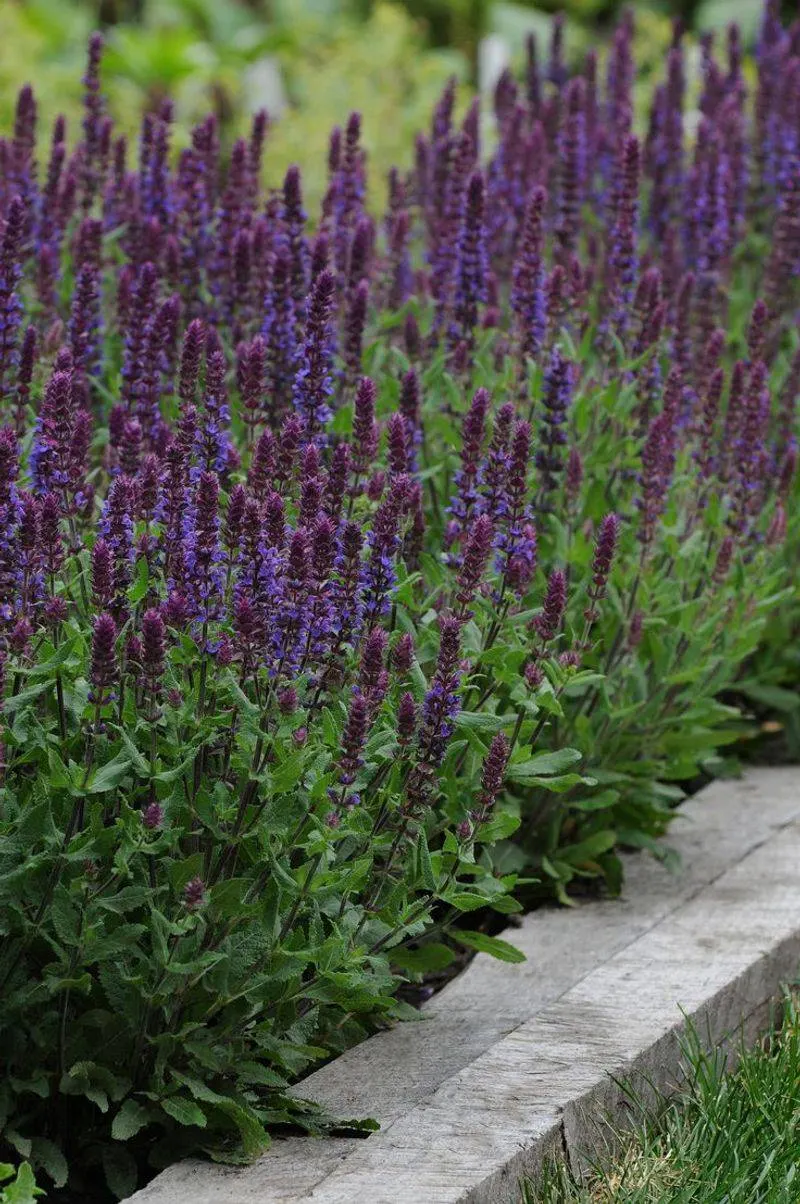
Salvia is a versatile perennial known for its spiky blooms in shades of blue, purple, and red. It thrives in poor, well-drained soil and requires little water once established.
Salvia attracts pollinators like bees and butterflies, supporting garden ecosystems. Plant it in full sun for the best performance.
It’s a low-maintenance plant that adds vertical interest to gardens. Salvia’s aromatic foliage is also deer-resistant, making it suitable for wildlife-prone areas.
With its long blooming season and vibrant colors, salvia is a favorite among gardeners looking to add a splash of color to poor soil gardens.
Verbena
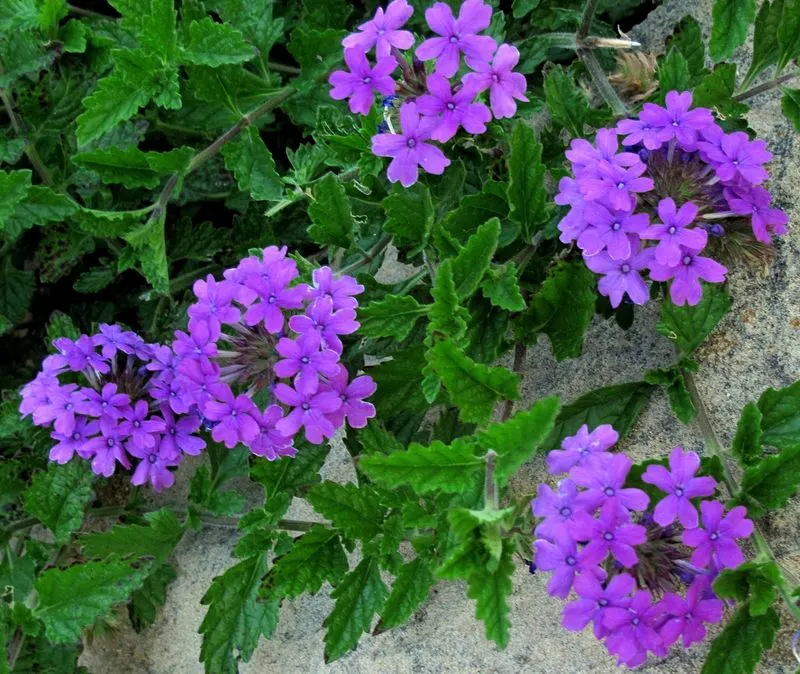
Verbena is a tough and resilient plant known for its clusters of small, colorful flowers. It thrives in poor, dry soil and is highly drought-tolerant.
Verbena’s long blooming season provides continuous color in gardens from spring to fall. It attracts butterflies and other pollinators, promoting biodiversity.
Plant verbena in full sun for the best results. It’s a low-maintenance plant that requires little care once established.
Verbena is perfect for borders, containers, or as ground cover. Its vibrant blooms and adaptability make verbena a popular choice for gardeners facing poor soil conditions.
Candytuft
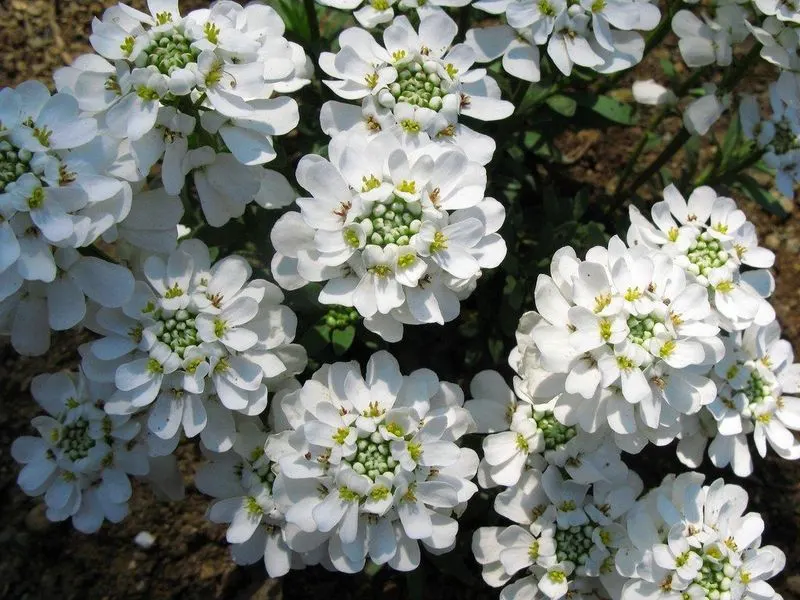
Candytuft, or Iberis, is a charming perennial known for its clusters of white flowers. It thrives in poor, rocky soil and prefers full sun to partial shade.
Candytuft is drought-tolerant and requires minimal maintenance, making it ideal for low-water gardens. Its flowers bloom in the spring, adding a fresh touch to gardens after winter.
Candytuft is perfect for borders, rock gardens, and containers. Its evergreen foliage provides year-round interest, keeping gardens attractive even when not in bloom.
A delightful and resilient plant for challenging soil conditions.
Artemisia
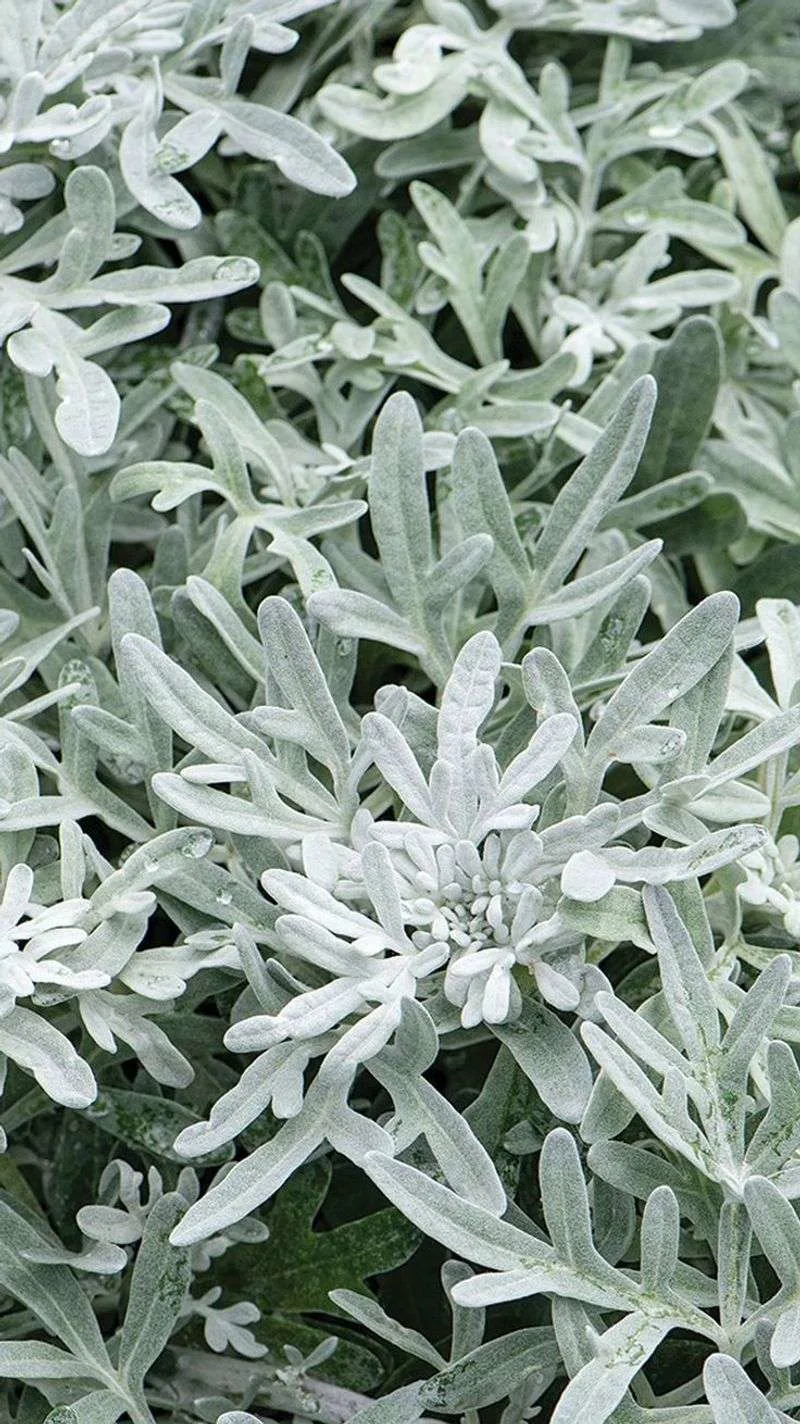
Artemisia, also known as wormwood, is a hardy perennial with silvery, aromatic foliage. It thrives in poor, well-drained soil and is highly drought-tolerant.
Artemisia’s foliage adds texture and contrast to gardens, making it a popular choice for borders and mixed plantings. It’s deer-resistant and can tolerate full sun to partial shade, making it versatile for different garden settings.
Artemisia requires minimal maintenance and is perfect for xeriscaping. Its unique foliage and resilience make it an attractive addition to gardens with poor soil, providing a silvery backdrop for more colorful plants.
Echinacea
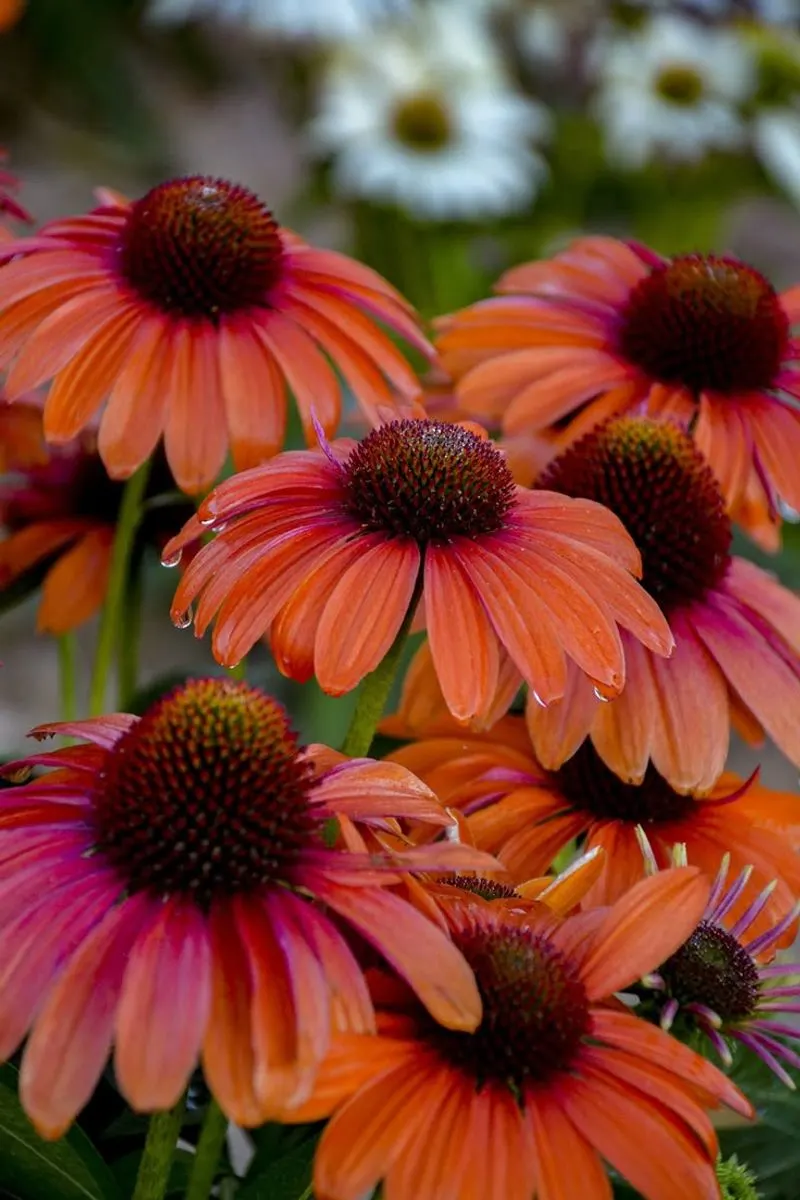
Echinacea, also known as coneflower, is a hardy perennial with striking flowers. It thrives in poor soil and is drought-tolerant, making it ideal for challenging conditions.
Echinacea attracts pollinators like bees and butterflies, promoting garden biodiversity. Plant it in full sun for the best flowering results.
Its cone-shaped centers and drooping petals add interest to gardens. Echinacea is also renowned for its medicinal properties, often used in herbal remedies to boost immunity.
With its vibrant blooms and adaptability, echinacea is a favorite among gardeners looking to enhance the beauty of poor soil gardens.
Bee Balm (Monarda)
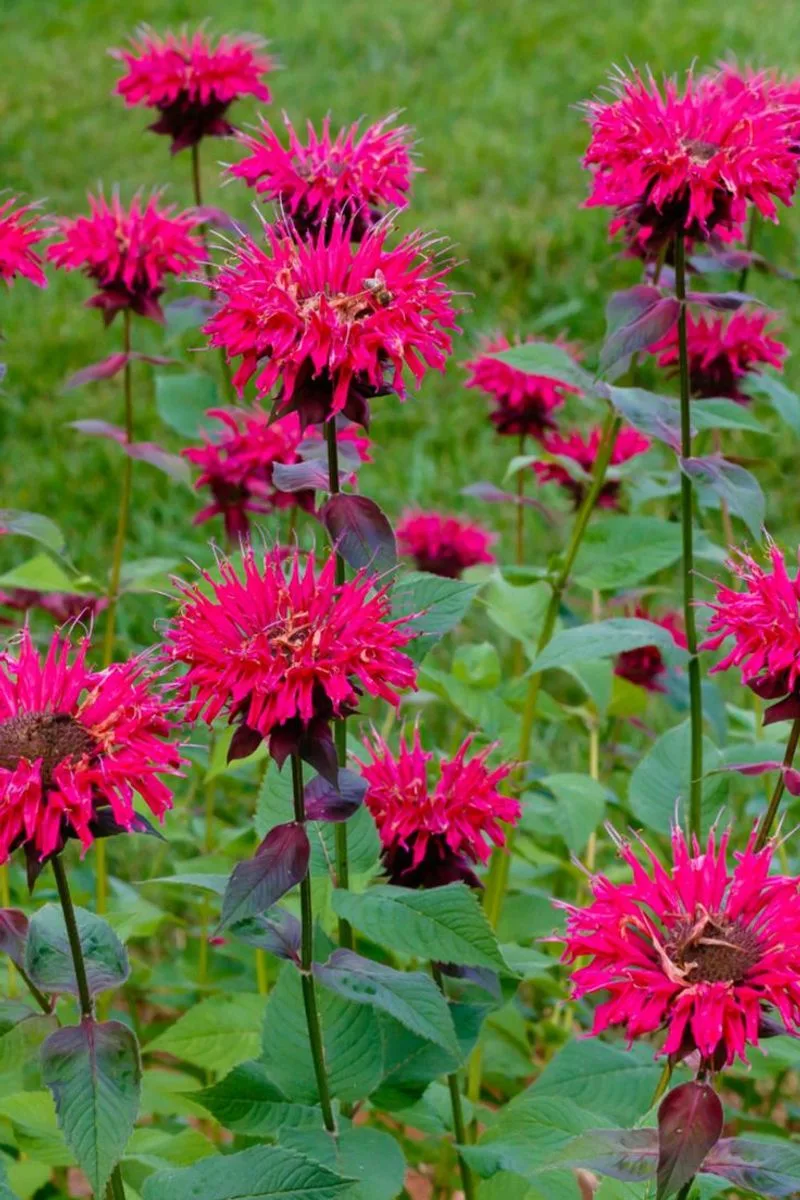
Bee Balm is a striking perennial known for its bright, tubular flowers that attract pollinators like bees and butterflies. These blooms can add a splash of color to any garden struggling with poor soil.
This plant is quite forgiving when it comes to the quality of soil, as it adapts well even in less fertile conditions. Plant it in a sunny spot and watch it thrive, bringing both beauty and ecological benefits to your garden.
Besides its aesthetic appeal, Bee Balm is also used in herbal remedies, making it a plant that serves multiple purposes beyond mere decoration.
Santolina
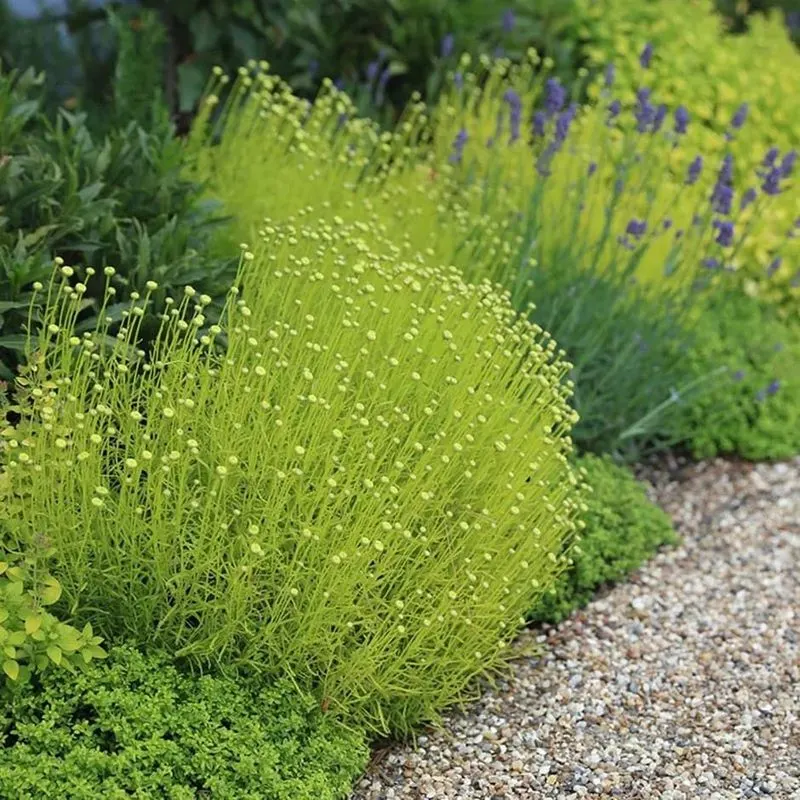
Santolina, also known as lavender cotton, is a hardy shrub with grey-green foliage and yellow button-like flowers. It thrives in poor, well-drained soil and is drought-tolerant.
Santolina’s aromatic leaves add texture and fragrance to gardens. Plant it in full sun for the best results.
It’s a low-maintenance plant that requires little care once established, making it perfect for xeriscaping. Santolina’s unique appearance and resilience make it an attractive addition to gardens with challenging soil conditions.
Its foliage can also be used in dried arrangements, adding a touch of nature to indoor spaces.
Heuchera
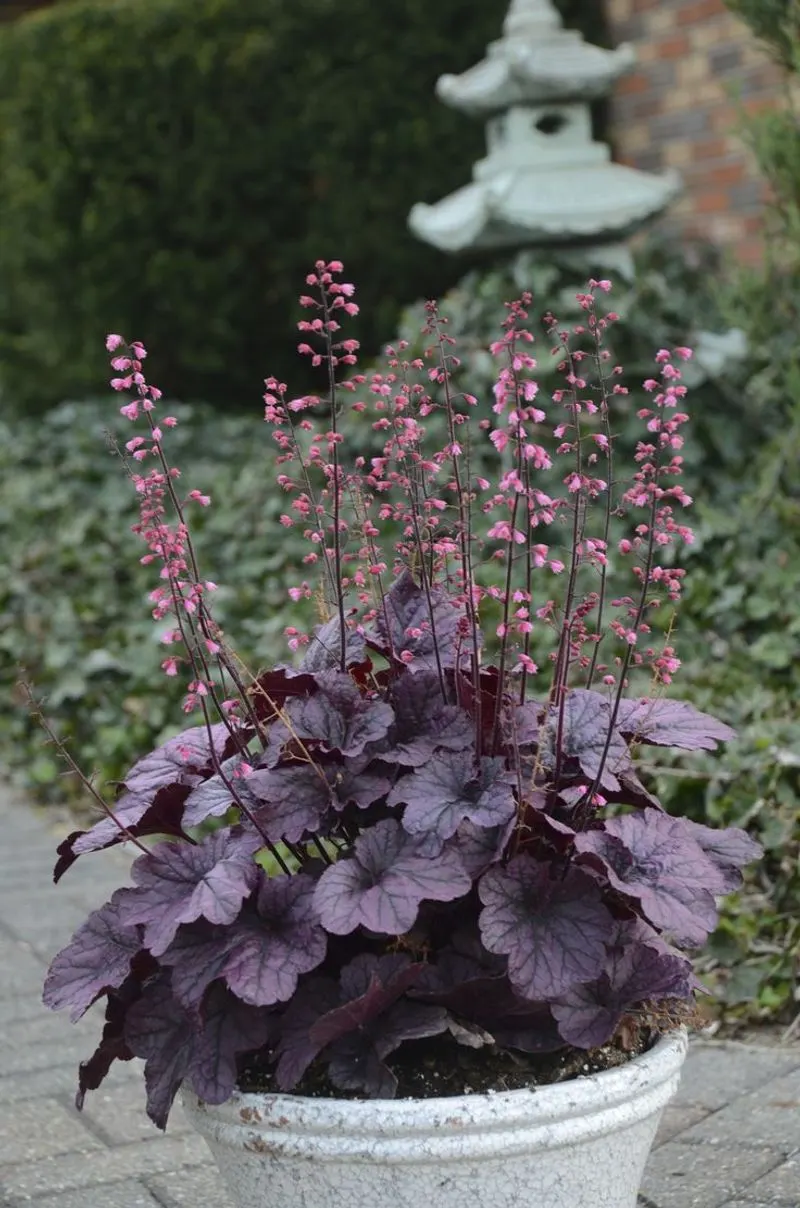
Heuchera, also known as coral bells, is a perennial known for its colorful foliage and delicate flowers. It thrives in poor soil and can tolerate shade, making it versatile for various garden settings.
Heuchera’s ruffled leaves come in shades of purple, green, and bronze, adding visual interest to gardens. It’s a low-maintenance plant that requires little care once established.
Heuchera is perfect for borders, containers, or as ground cover. Its ability to thrive in challenging conditions and its vibrant foliage makes Heuchera a popular choice for gardeners looking to enhance shady areas with poor soil.
Rudbeckia
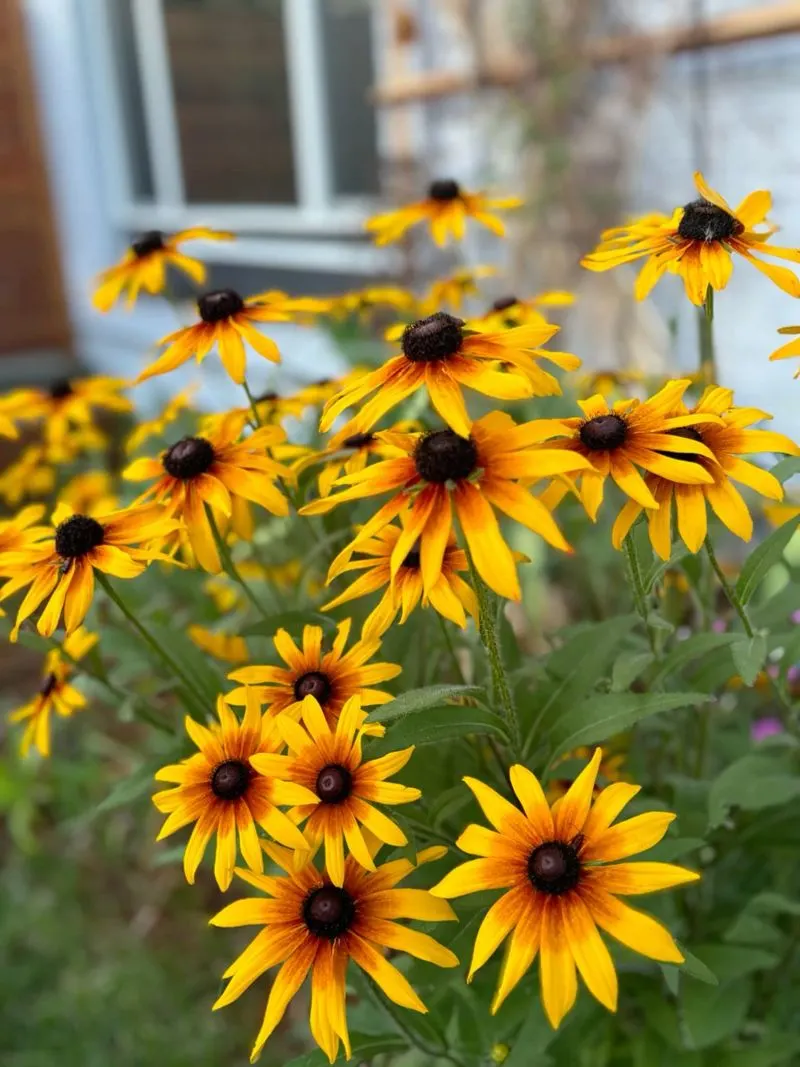
Rudbeckia, also known as black-eyed Susan, is a cheerful perennial with bright yellow flowers. It thrives in poor soil and is drought-tolerant, making it perfect for challenging conditions.
Rudbeckia attracts pollinators like bees and butterflies, supporting garden biodiversity. Plant it in full sun for the best flowering results.
Its vibrant blooms and long blooming season ensure gardens stay colorful throughout summer. Rudbeckia’s resilience and ease of care make it a favorite among gardeners looking to brighten landscapes with poor soil.
Its cheerful appearance adds warmth and vitality to any garden.

